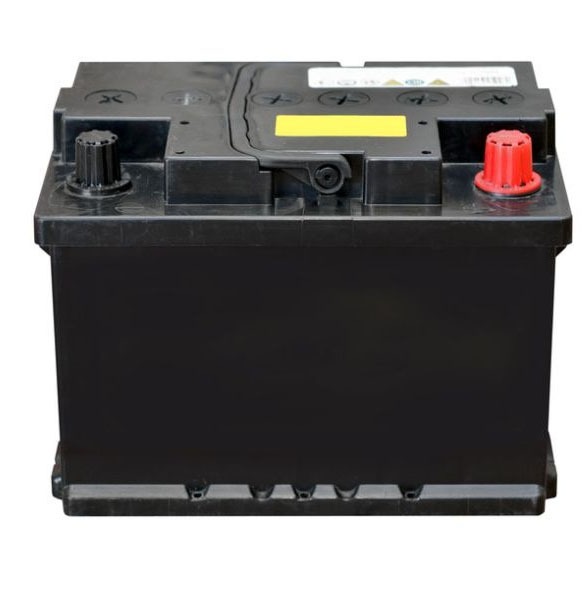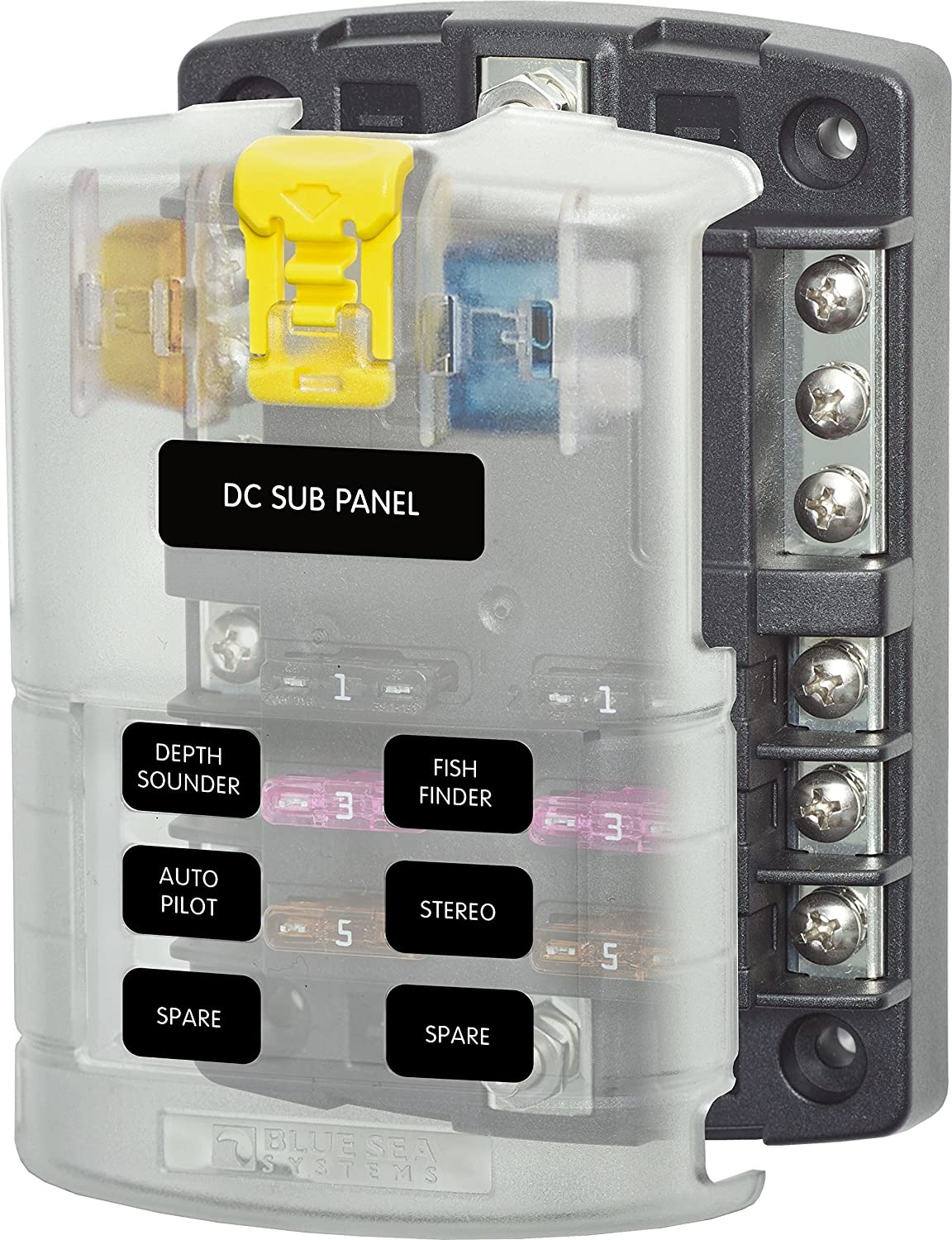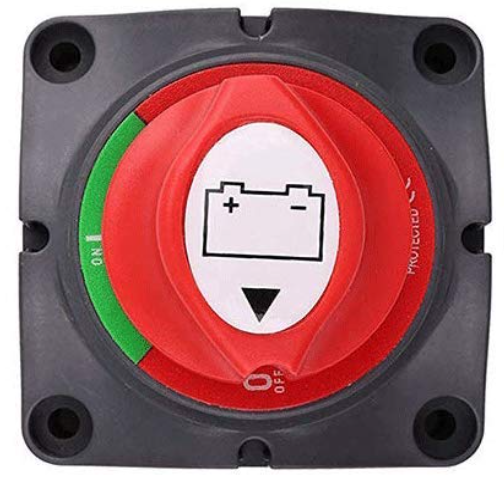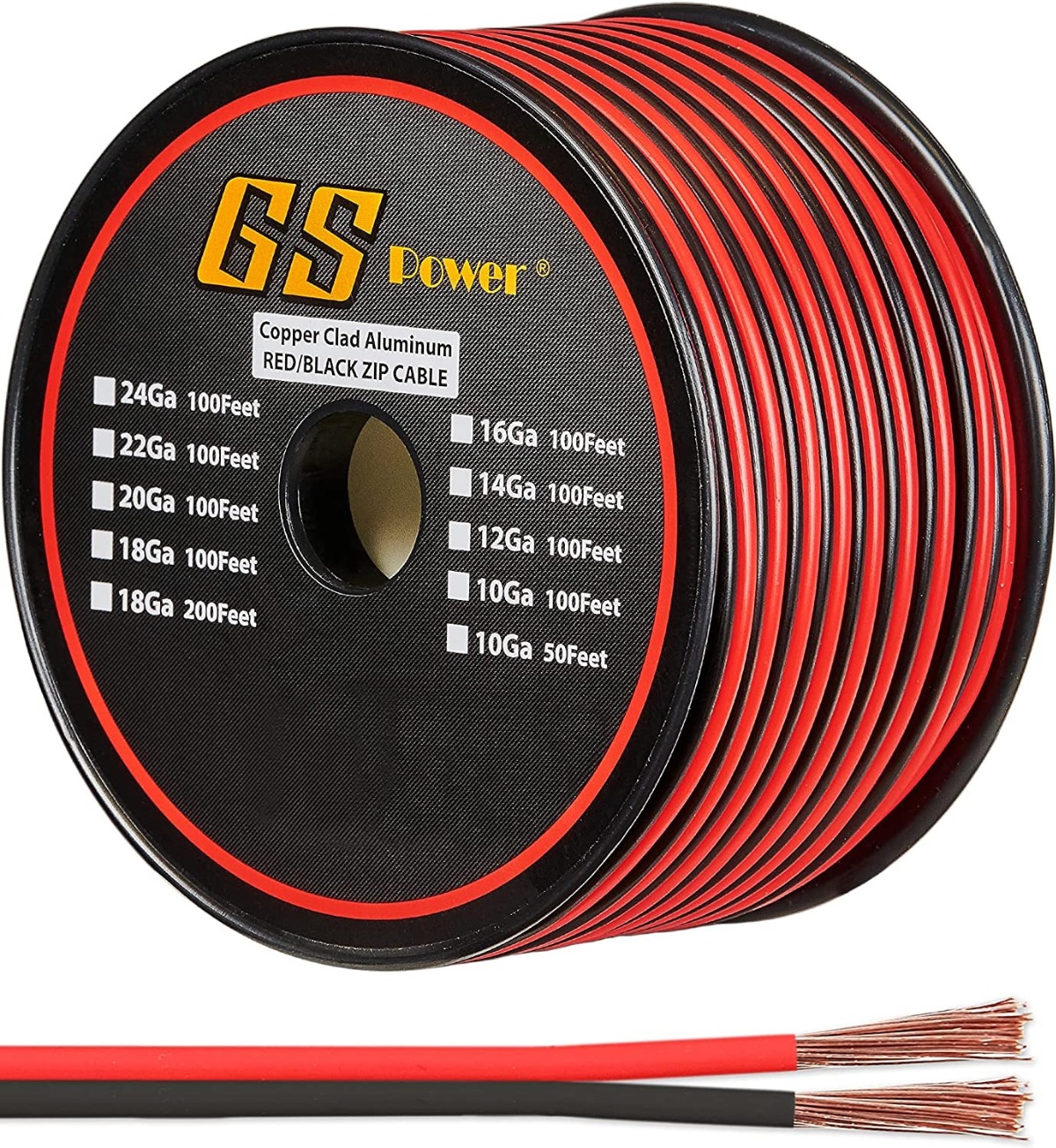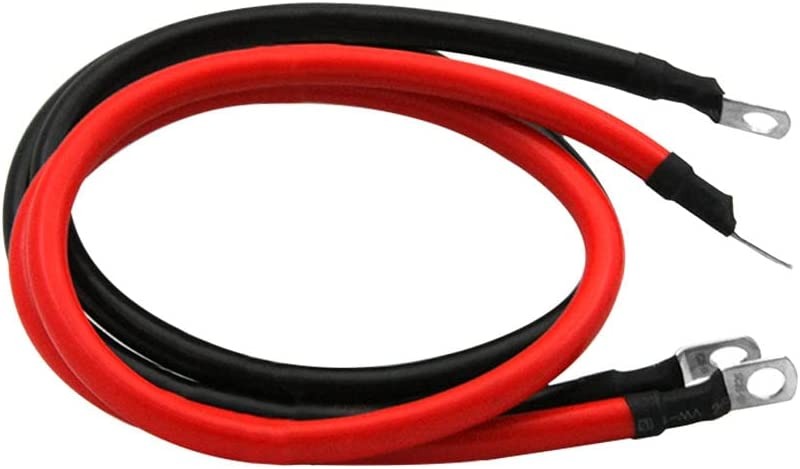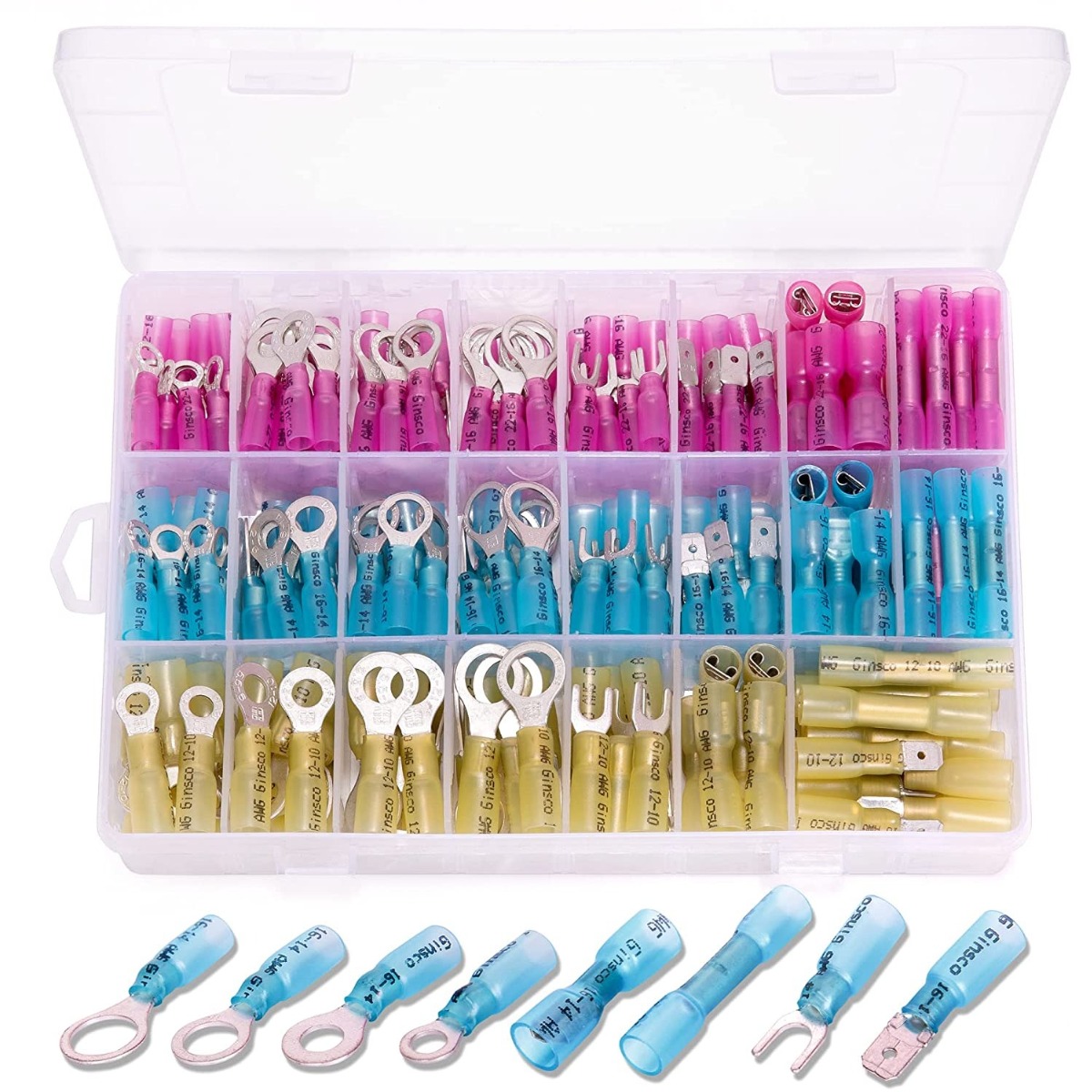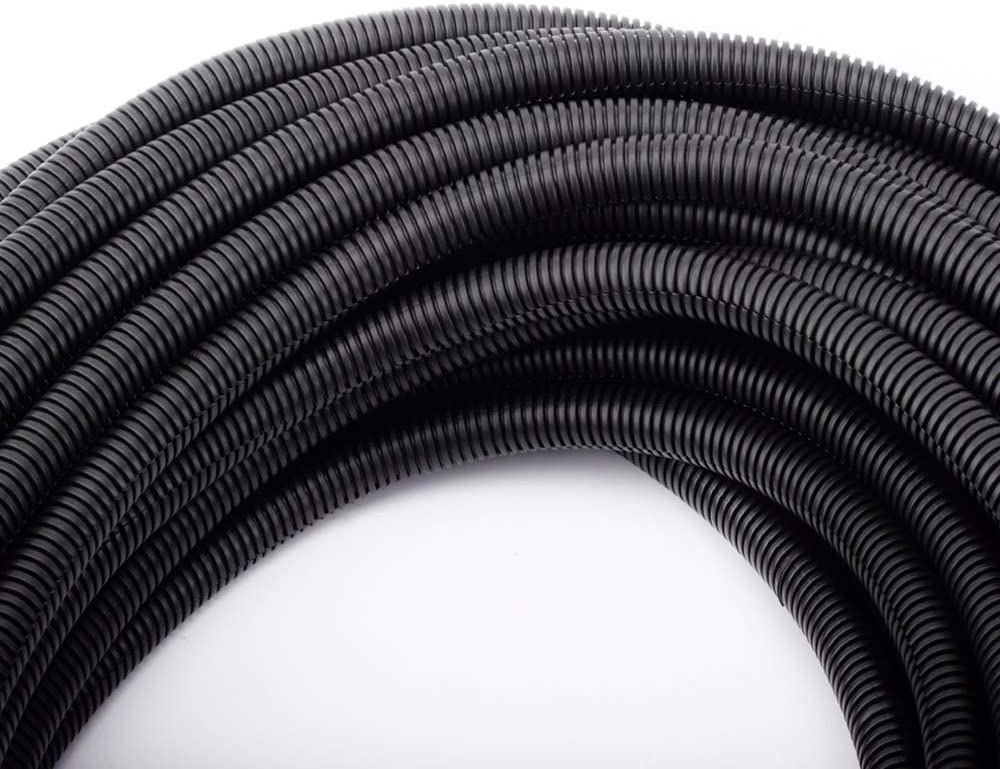What Electrical items do I need for my DIY Kit?
Producing over 3 gpm and 90 psi delivered to the brush, the J. Racenstein DIY RODI tank system puts out more water production and flow than any RODI system on the market! It gives you around FOUR TIMES the amount of RODI water, and it does it at comparable cost to just one RODI cart. More water production means more efficient cleaning, less time on the job site, more potential to take on larger jobs, and more money in the bank.
The tank-based system uses two 12V pumps to boost the RO and deliver water faster and higher.
These 12V pumps need a power source, which can come from either an inverter or the more popular option, a battery. Here is everything you need to know to power a 12V DIY system.
1) Battery
Type 31 AGM deep cell battery. 100 aH.
The key to having the longest battery life on a single charge is that the batter should be a 100 aH or better rating.
On average, the 100 aH battery lasts four hours. That is determined by dividing the100 aH battery by the 25-amp draw, which gives you get four hours of continuous use -- with both pumps on.
Keep in mind, though, that the RO pump won't always be on, so you may get more than four hours. On the other hand, because water pressure varies, the RO pump may have to work harder -- which means you may get less than four hours. It also depends how much flow you want from the delivery pump; the more flow, the less battery life you get.
The 12V pumps run at about 16-18 amps for RO and 6 amps for delivery (12 if running at MAX output.) You'll see around 25 amps if running both at the same time.
Other Battery Options
- Upgrade to a 200 aH battery to double the battery life on a single charge. (Note: it will cost more.)
- Upgrade to a 12v lithium-ion battery for 200 aH to run more pumps for even longer. (Note: it will cost more.)
2) Circuit Panel / Fuse
- You will need one fuse per pump/controller.
- We recommend a 30-amp fuse to protect the pump and pump controller. The pumps have a max rating of 25 amps, so make sure the fuse is at least 25 amps or higher. Otherwise, the fuse can interrupt normal operation.
- We recommend a circuit panel to easily organize all 12V needs. The circuit panel has six dedicated 12v terminals and fuses. (This panel can also control 12V LED lights, etc.)
- This makes it easy to find and replace fuses if needed.
- If don't want to go with a circuit panel, a simple inline fuse connection will work. But you NEED a fuse for each pump. This goes between the battery and the controller.
3) Switch for RO Booster Pump
This switch allows you to easily turn on and offer your RO booster pump when you need RO water.
The switch is rated for much higher than the 25-amp pump.
This particular switch only allows you to turn the pump to 0% (off) or 100% (on). If you want to better control the pump with a controller to reduce battery draw or prolong pump life, we recommend using a different controller.
4) Electrical Wire
You will need 12 gauge wire to connect the pump and pump controller to the circuit panel or battery. (Don't forget an inline fuse if you're not using a circuit panel.)
- This wire is enough for one device on the wire. Do not daisy chain!
- Run a dedicated line for each pump/pump controller
- If running a circuit panel, you will need a second short wire to connect to the battery.
- All device power will be connected through this one wire so it needs to be thicker.
- For two pump setups, we recommend a 6 gauge black/red wire with a max length of 10 feet. This allows for a max of 65 amps, which allows both pumps to run at max power, along with a few other small devices.
If you want more pumps or want to run an electric reel on the same panel, we recommend increasing the wire size (decreasing gauge number).
Example 1) 4 Pumps
4 pumps at 25 amps max = 100 amps possible at one time. We recommend 2 gauge wire ( MAX 115 amps) or 3 gauge wire (max 135 amps). This handles maximum possible load.
Likely running amps is 2 RO and 2 delivery = 18 + 18 + 6 + 6 = 48 - 60 amps.
EX 2) 2 pumps and an electrical reel
2 pumps max = 25 x 2, and an electric reel = 20 amps. 70 amps total. We recommend 4 gauge wire to handle max load.
Likely running amps is 18 + 6 = 25 running amps on pump + 20 if reel is used for 45 amps.
5) Electrical Wire Connectors
You will want an easy way to connect the wires to everything.
We recommend a quick connect kit, or heat shrink wire connectors to connect the pumps to the pump controllers. This is also useful for an inline fuse kit if using that option.
We also recommend a terminal wire kit to connect the wires to the circuit panel.
Often, you can find the thick 2-6 gauge wires from the battery to the circuit panel with round terminal connectors pre-installed.
6) Wire Covers (optional)
We recommend flexible wire covers to protect the wires when running to and from the circuit panel and the devices.
This helps protect wires from snags, or around corners, etc. It can also help with heat if you live in a hot area.
If a wire snagged, or if the rubber gets cut through from a corner, the wire can ground with a metal frame and short. Shorts can damage electronic devices. If you use a circuit panel with dedicated fuses, this can protect you some. But outside shorts like this should always be prevented.
The covers are not necessary, but it is a cheap add-on for extra protection.


